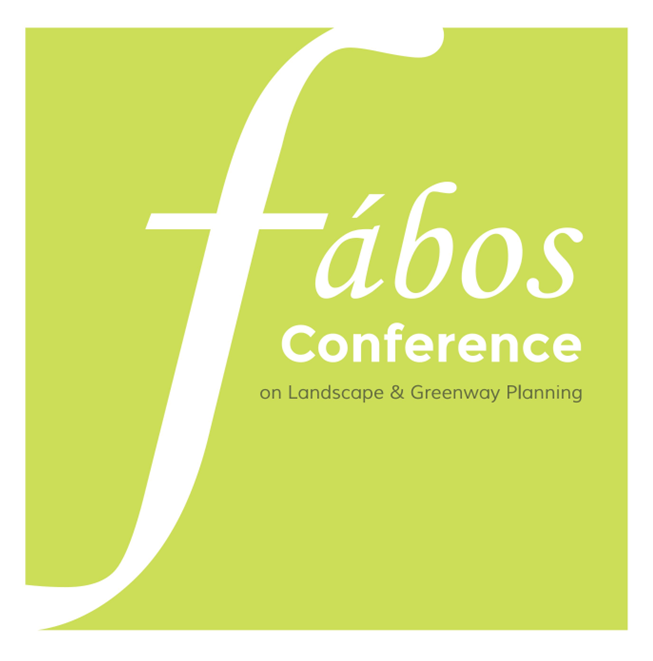Greenways as Agroecological Armatures for Adaptation: Co-Creating the Tarantasio Trail in Northern Italy
Abstract
Urban greenways enhance ecological health and provide urban communities with access to nature (Horte & Eisenman, 2020). However, most greenway planning overlooks their potential role in rural sustainable development (Govindan, Loisi & Roma, 2016). Like cities, rural areas face global pressures for change, with land increasingly serving purposes like tourism, recreation, and ecosystem services. Hitchings and Rouse (2022) identify four key drivers—economic, social, technological, and environmental—that will shape rural landscape transformations as agricultural land is repurposed for new functions. The European Commission’s "no-net-land take by 2050" goal underscores the need to preserve croplands, pastures, and forests, which are crucial for carbon storage and flood protection. Despite the Council of Europe Landscape Convention (2000) emphasizing participatory decision-making, rural communities are often left out of these processes, as development interests and economics dominate (Gullino, Devecchi & Larcher, 2018).
This paper presents a Participatory Action Research (PAR) initiative aimed at creating an agroecological and solidarity-based landscape system. The project is a collaboration between landscape architecture students and faculty from the University of Maryland and Consorzio FA, a social cooperative in Northern Italy’s Bergamo region. Consorzio FA supports vulnerable populations, such as children in foster care, single-parent families, and adults with disabilities, through three hubs: Villaggio Solidale, a co-housing community in Lurano; Corte Solidale in Castel Cerreto; and the CSE educational hub in Pontirolo Nuovo.
Over three years, the project partners co-created a greenway loop, the Tarantasio Trail, designed for soft mobility, connecting organic farms, heritage landscapes, and community spaces while promoting nature-based interventions for public health (figure 1). More than 175 participants, including residents, social service recipients, and non-profit organizations focused on sustainability, engaged in this process. The resulting "social" master plan emerged through iterative cycles of reflection, planning, and action, incorporating diverse perspectives and gaining stakeholder buy-in.
Current efforts focus on promoting the Tarantasio Trail vision through a recruitment video and website to engage the public, recruit volunteers, and educate others about the project. Additionally, a training curriculum was developed to help partners leverage their landscapes for physical, mental, and social well-being. Finding new partners is crucial to ensure the vision translates into action. One success is the development of an urban agriculture site along the trail, whose initiators have adopted our visions and have become ambassadors for the social master plan and its ambitions.
Keywords: Participatory Action Research, Rural Landscape Transformations, Agroecology, Nature-Based Interventions, Greenway Loop, Solidarity
How to Cite:
Ruggeri, D. & Christensen, M. E., (2025) “Greenways as Agroecological Armatures for Adaptation: Co-Creating the Tarantasio Trail in Northern Italy ”, Fábos Conference on Landscape and Greenway Planning 8(1). doi: https://doi.org/10.7275/fabos.2750
Downloads:
Download Greenways as Agroecological Armatures for Adaptation: Co-creating the Tarantasio Trail in Northern Italy
Download Greenways as Agroecological Armatures for Adaptation: Co-creating the Tarantasio Trail in Northern Italy
196 Views
112 Downloads
